Insect & Pests
All Insect & Pests Content
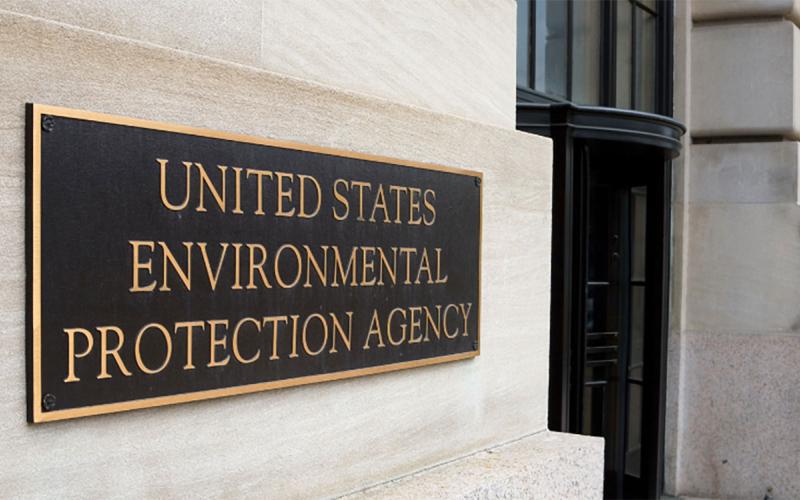
Update on Chlorpyrifos Use in South Dakota
As of June 30, 2025, the labeled uses for chlorpyrifos products for food and feed are limited to alfalfa, soybean, and wheat in South Dakota. Chlorpyrifos can no longer be used to treat sunflowers.

Soybean Aphids Detected in South Dakota
While scouting soybean aphids this week we observed small colonies of 5 to 10 soybean aphid nymphs. This indicates that the soybean aphids are just starting to arrive in South Dakota soybeans and weekly scouting for them should be occurring.
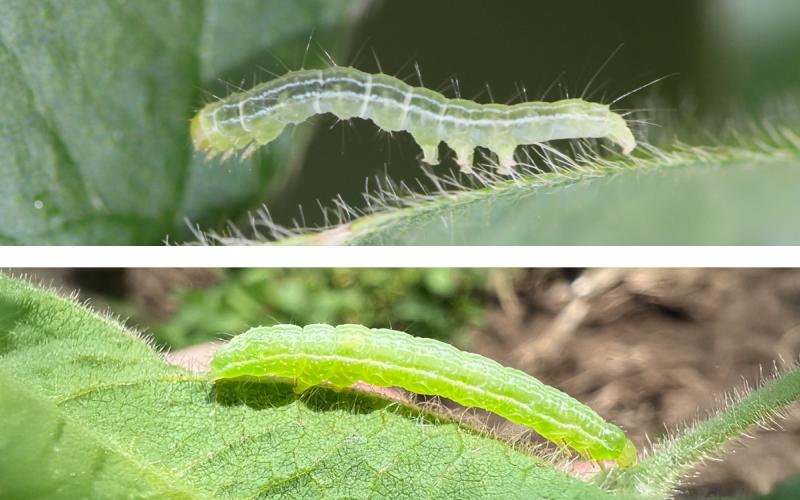
Green Caterpillars Causing Defoliation in Soybean
This week we observed several species of caterpillars in soybean fields. The most common species were the green cloverworm and the cabbage looper.
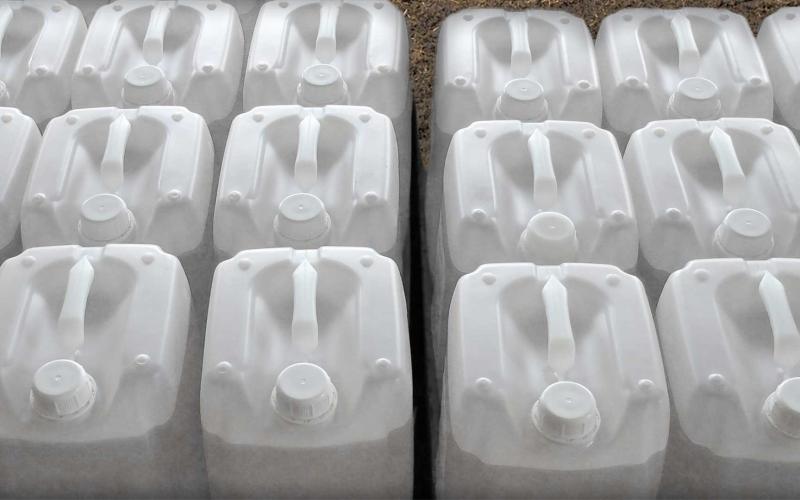
2025 Pesticide Container Recycling
The South Dakota Department of Agriculture and Natural Resources is again offering pesticide container recycling services across the state. View a complete list of 2025 dates and locations.
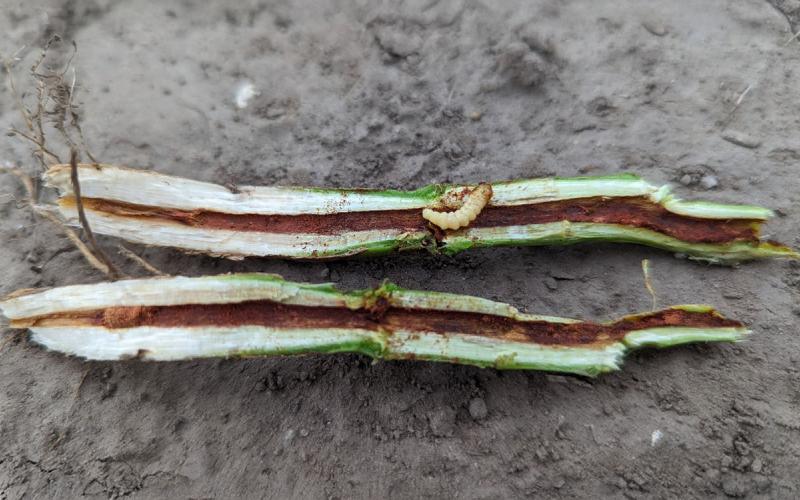
Dectes Stem Borer Adults Are Active in Soybean: 2025 Management Recommendations
Dectes stem borer adults have been collected from soybean in Southeastern South Dakota. The larvae of this pest are capable of reducing soybean yields by 10-15% due to tunneling activity in the main stem. Learn some tips for scouting and managing them this season.
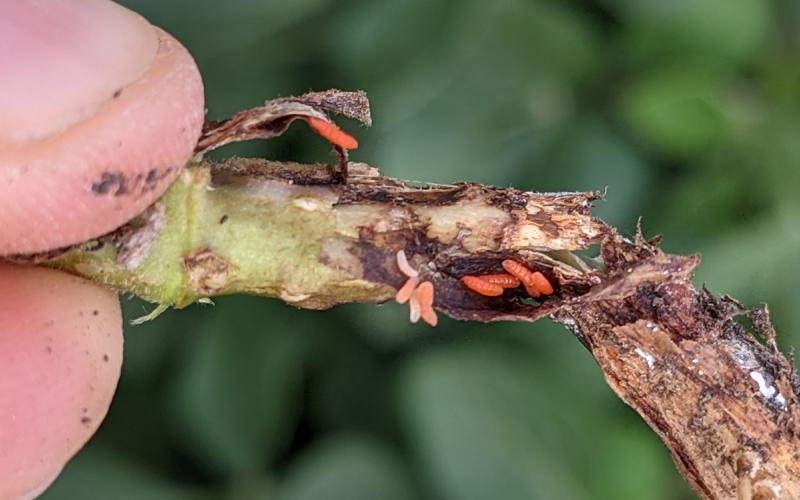
Soybean Gall Midge Larvae Detected in South Dakota
Soybean gall midge larvae have been detected in soybean in southeastern South Dakota. Scouting for fields with infestations may explain wilting or dying soybean along field edges.

Dectes Stem Borer in South Dakota Soybeans
Fact sheet on Dectes stem borer in South Dakota soybeans
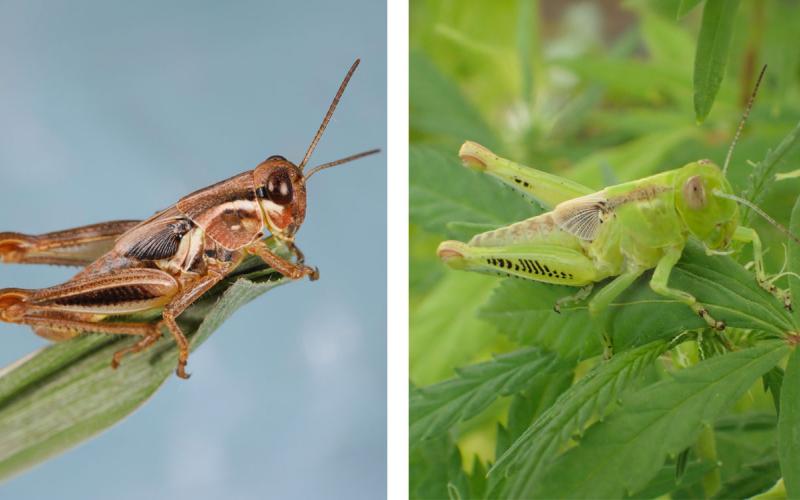
Grasshoppers Are Showing up in Large Numbers in Eastern South Dakota
While scouting spring wheat in Brookings County this week, we noticed grasshopper nymph populations that were close to threshold.
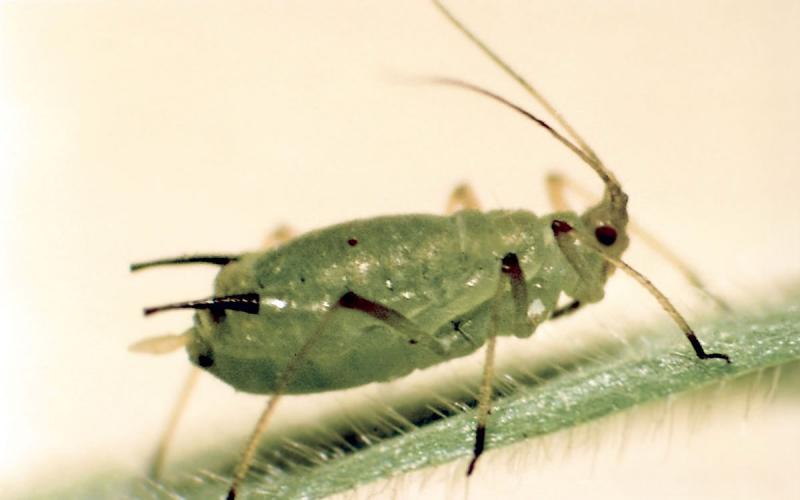
Aphid Populations Continue To Increase in Wheat
English grain aphid populations are continuing to increase in wheat. With increasing pressure, it is important to scout wheat fields to ensure that the populations do not cause yield loss.

Pesticide Personal Protective Equipment: Glove Selection
Safety gloves are one of the most-important pieces of pesticide personal protective equipment. Glove material is very important, as not all materials provide the same protection for different pesticide ingredients.